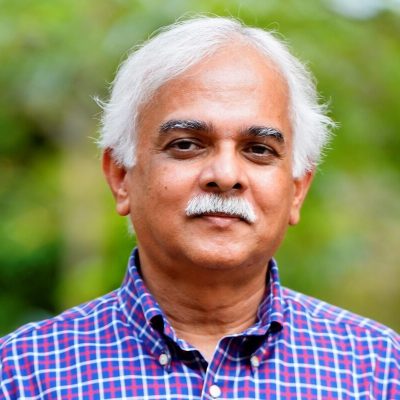
Joseph Mathew
Professor
Aerodynamics
joseph@iisc.ac.in
AE206
Website
Education
- Ph.D. Mechanical Engg, Massachusetts Institute of Technology Cambridge USA 1990
- M.S. Mechanical Engg, University of Missouri-Rolla, Rolla USA 1986
- B.Tech. Mechanical Engg, Indian Institute of Technology Madras, 1984
Work Experience
- Research Associate, ICOMP at NASA Lewis Research Center, Cleveland, OH USA Sept 1990–Aug 1992
- Fellow, National Aerospace Laboratories, Bangalore Nov 1992–July 1992
- Assistant Professor, Department of Aerospace Engineering July 1992–
- Senior Research Associate, The National Academies, USA at Air Force Research Laboratory, WPAFB, OH, USA Sept 2004–Nov 2005
- Visiting Professor, Technische Universitaet Muenchen. Several times 2000-2006.
Research Interests
Fluid mechanics, Turbulence Turbulent flow computations, especially Large Eddy Simulation Aeroacoustics, Combustion, Flow design